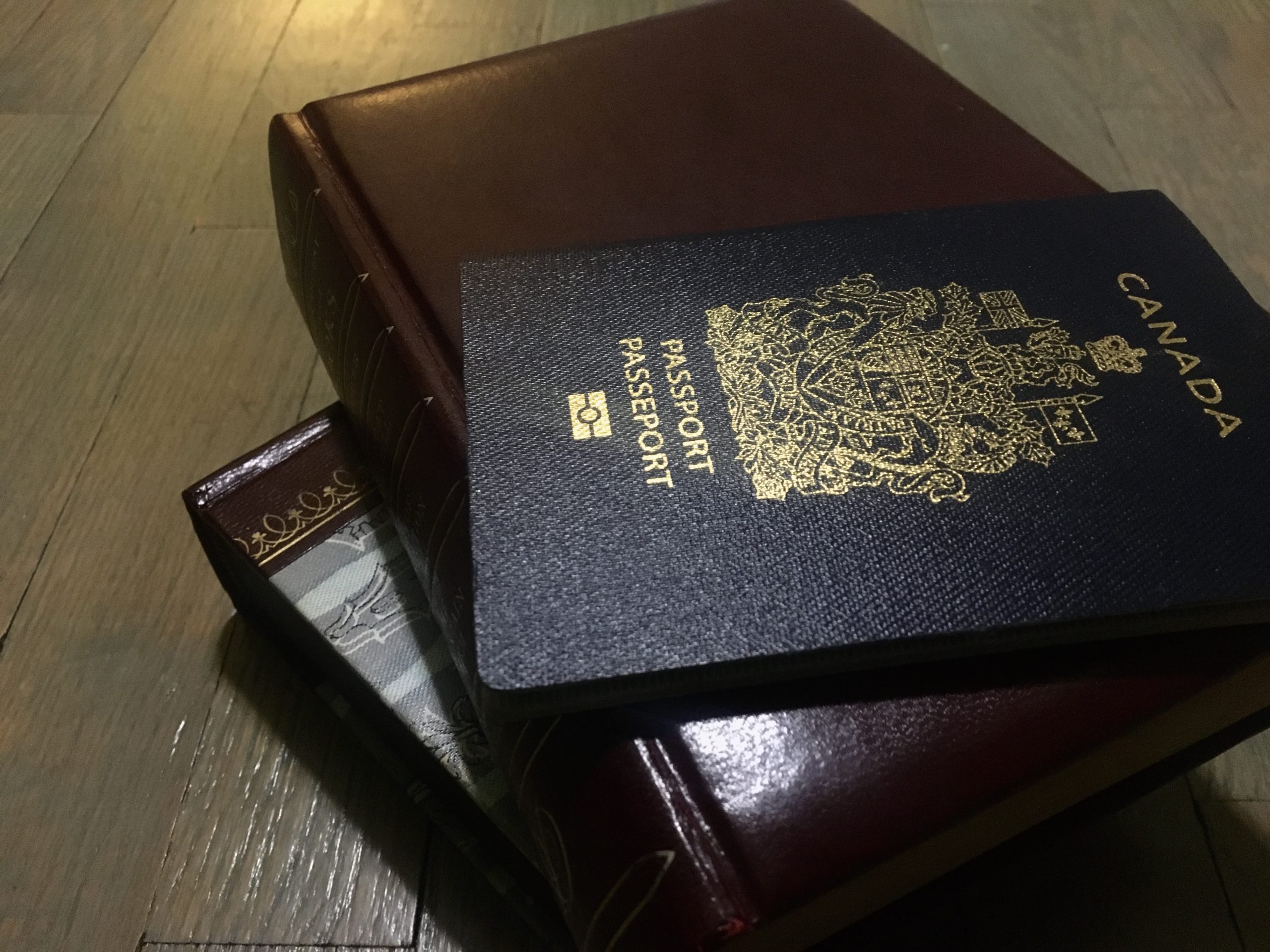The federal government of Canada has recently announced new immigration plans, looking to bring in well over a million new immigrants in the coming three years.
This plan will see the number of immigrants brought into Canada increase steadily over the next three years, as 2021’s projected goal is 401,000 new immigrants, 2022’s goal is 411,000 and 2023’s goal is 421,000. Canada planned to welcome roughly 341,000 new immigrants in 2020 prior to the COVID-19 pandemic, but will likely fall short as a result of this.
Dr. James C. Simeon is head of McLaughlin College, associate professor in the School of Public Policy and Administration, and previous acting director and deputy director at the Centre of Refugee Studies a York. Simeon comments on this historic plan, acknowledging that this would be the largest number of immigrants brought into Canada in over 100 years.
“This is most welcomed news, given our aging population and low birth rate. Canada is a country of immigrants and if we would like to maintain a competitive economy then we will definitely need these historic high levels of immigration. Whether it will be possible to achieve these levels will depend in large part on how long the COVID-19 pandemic will last.”
Simeon explains the importance of welcoming new Canadians, especially refugees, stating: “The new increased immigration level plans for 2021 to 2023 are a step in the right direction, but more consideration should also be given to increasing the proportional levels for the refugees, protected persons, humanitarians, and other categories.
“One should not forget that new Canadians who have arrived in these categories have made tremendous contributions to Canadian society…”
“One should not forget that new Canadians who have arrived in these categories have made tremendous contributions to Canadian society and are often just as valuable, if not more so, than those who have arrived in the economic category.”
Jenny Kwan, member of parliament in East Vancouver and member of the New Democratic Party (NDP) looks to the future regarding this new plan, emphasizing that further actions need to be taken by the government of Canada.
“Beyond increasing Immigration, Refugees and Citizenship Canada (IRCC) resources, the government must look at other measures to ensure a compassionate immigration system. These measures include removing the barriers that continue to prevent loved ones from reuniting, removing the travel restrictions on asylum seekers fleeing persecution, expediting student permits, and ensure status for all migrant workers in recognition of their efforts in keeping Canadians secure during the pandemic, even if they worked outside of the health sector.”
“What we need to pay attention to is that the Liberals have reduced the lower threshold for admission for all the immigration streams,” Kwan continues. “In some cases, the reduction is fairly significant. For example in the family reunification category, it’s a drop of 11,000. The economic stream is a drop of 38,900, and the refugee stream is a drop of 7,000.”
In regards to university students, Simeon sees the new immigration plan as good news for future and current international students and future student immigrants to Canada.
“Everyone has been affected by the pandemic including, of course, universities. One of the more notable impacts has been in the decline in the number of international student enrolments with travel restrictions and the uncertainty of the pandemic as it now enters its second wave,” Simeon says.
“Hopefully, the increasing immigration level plans will signal that Canada will be accepting more work/study-visa students, which should be a positive development for all universities, including our own.”


